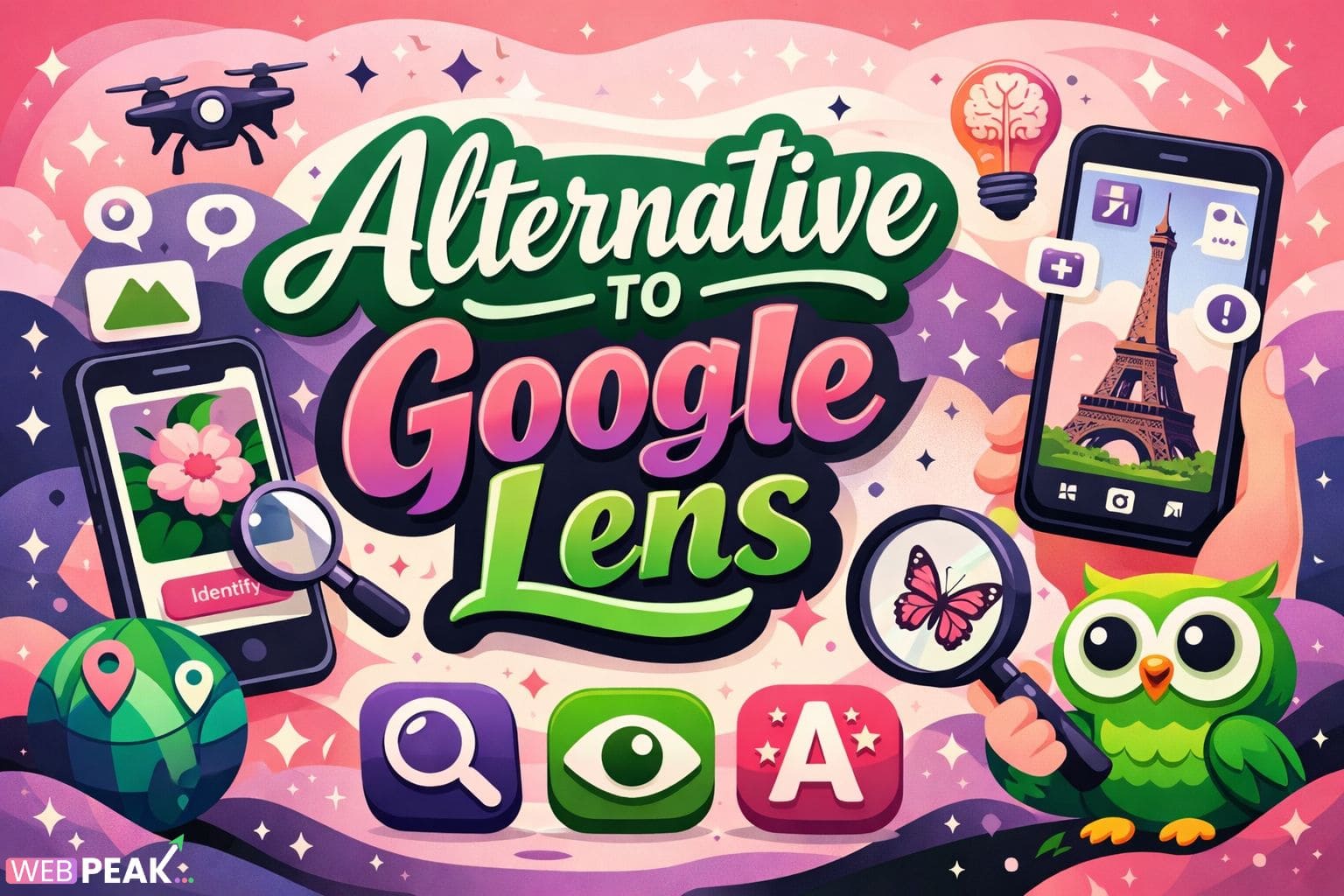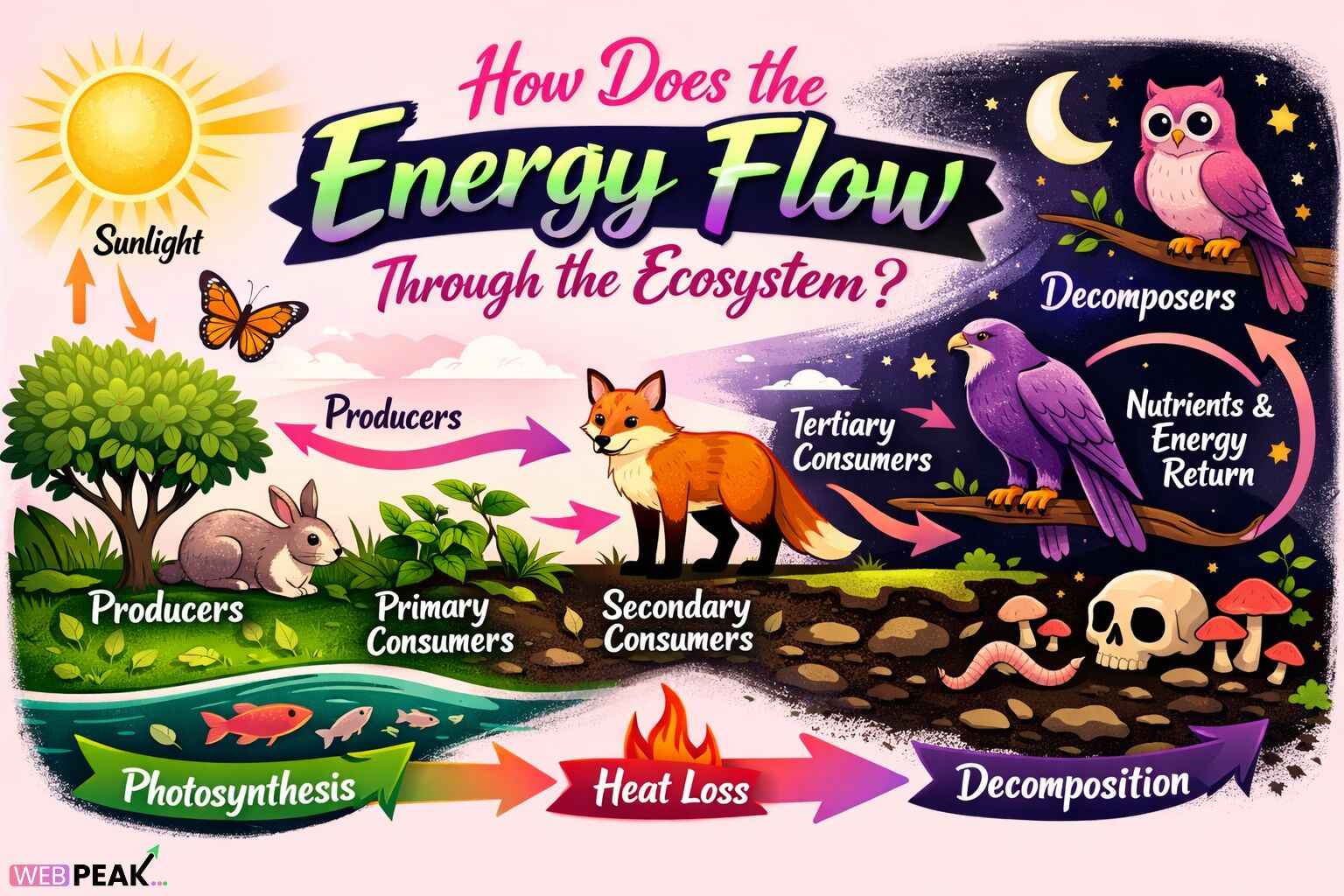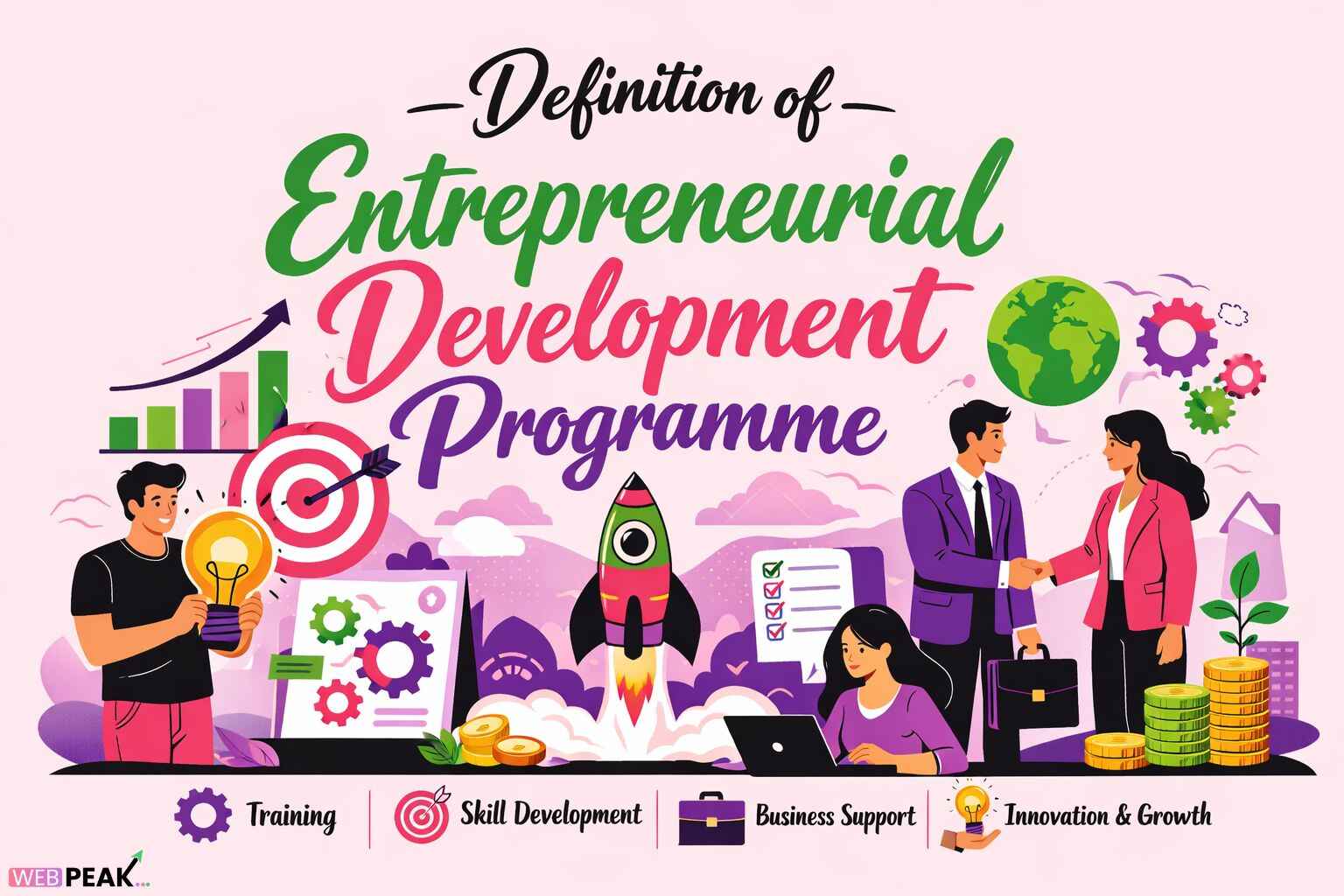Alternative to Google Lens – A Comprehensive Guide
Google Lens has revolutionized how we search, shop, and interact with the world around us. With its AI-driven image recognition and visual search capabilities, it allows users to identify objects, translate text, scan QR codes, and even find similar products. However, it is not the only option available. There are numerous powerful tools that offer similar, and sometimes even better, features.
This in-depth guide explores the best alternatives to Google Lens, their features, use cases, and pros and cons so you can make an informed decision.
Why Look for a Google Lens Alternative?
While Google Lens is widely popular and deeply integrated into Android devices and Google apps, it may not always be the ideal choice for everyone. Some common reasons users explore alternatives include:
- Privacy Concerns – Not all users are comfortable sharing their images and search data with Google.
- Feature Limitations – Some tools provide niche or advanced capabilities that Google Lens does not focus on.
- Platform Flexibility – Many alternatives work better on desktop browsers, iOS devices, or across multiple platforms.
- Specialized Use Cases – Such as facial recognition, copyright detection, plant identification, or creative inspiration.
Key Features to Look for in a Google Lens Alternative
Before choosing the right tool, it’s important to understand which features matter most to your needs:
- Image & Object Recognition Accuracy – Reliable AI-based identification.
- Reverse Image Search – Ability to find duplicates or similar images across the web.
- Text Recognition (OCR) – Extracting text from images.
- Facial Recognition – Useful for identity checks or image tracking.
- Privacy & Security – Transparency in data handling.
- Cross-Platform Support – Desktop, mobile, and web compatibility.
Best Alternatives to Google Lens
1. Lenso.ai Reverse Image Search
Overview: Lenso.ai - AI Reverse Image Search with Facial Recognition is the best alternative to Google Lens, as it offers more precise results and also includes a facial recognition engine. This allows you to easily find face matches, exact image duplicates, places, and similar or related images.
Lenso.ai allows users to find exact image duplicates, similar or related images, places, and even face matches across the web. It is particularly useful for journalists, photographers, researchers, and copyright owners.
Key Features:
- Advanced face recognition engine
- Copyright image detection
- Place and landmark finder
- Reverse image search with high precision
- Free alerts for newly found images
- Filter results by domain and keywords
- Sorting by newest/oldest or best/worst match
Pros: Excellent accuracy, works well on desktop and mobile, ideal for professional use.
Cons: Freemium model with some advanced features behind a paywall.
2. Microsoft Bing Visual Search
Overview: Bing Visual Search is Microsoft’s answer to Google Lens. It enables users to search the web using images instead of text by uploading a photo or using a camera.
- Object and landmark recognition
- Product search and price comparison
- Text extraction (OCR)
- Integration with Microsoft Edge and Bing
Pros: Strong desktop support and Microsoft ecosystem integration.
Cons: Less accurate in niche searches.
3. Pinterest Lens
Overview: Pinterest Lens is designed for visual inspiration. It excels in fashion, interior design, recipes, and creative ideas.
- Fashion and décor identification
- Style and idea recommendations
- Recipe discovery from food photos
Pros: Perfect for lifestyle and creative searches.
Cons: Not suitable for technical or informational searches.
4. CamFind
Overview: CamFind is a versatile visual search app that can identify a wide range of objects by simply taking a photo.
- General object recognition
- QR and barcode scanning
- Voice-based search
Pros: Cross-platform support.
Cons: Outdated interface.
5. Amazon Visual Search (Amazon App)
Overview: Integrated into the Amazon Shopping app, this tool is built specifically for identifying and purchasing products.
- Instant product identification
- Price and availability checks
- Barcode scanning
Pros: Excellent for shopping.
Cons: Limited to e-commerce use.
6. Snap Visual Search (Snapchat)
Overview: Snapchat’s visual search combines entertainment with functionality, allowing users to scan objects, music, and barcodes.
- Amazon product search
- Music recognition via Shazam
- AR-based visual search
Pros: Fun and engaging.
Cons: Not suitable for professional use.
7. PlantSnap
Overview: PlantSnap is a specialized app for identifying plants, flowers, and trees from images.
- Supports over 600,000 plant species
- Offline identification mode
- Educational plant database
Pros: Highly accurate for nature-related searches.
Cons: Limited to plants.
8. EyeEm Vision
Overview: EyeEm Vision focuses on AI-powered image analysis for photographers and creatives.
- Scene and object detection
- Automated image tagging
- Photo licensing integration
Pros: Ideal for creative professionals.
Cons: Not for everyday visual search.
Comparison Table – Google Lens vs. Alternatives
| App | Platform | Best For | Offline Mode | Integration |
|---|---|---|---|---|
| Google Lens | Android, iOS | General visual search | No | Google ecosystem |
| Lenso.ai | Web, Mobile | Reverse image & face search | No | Independent |
| Bing Visual Search | Web, Mobile | Web & product search | No | Microsoft |
| Pinterest Lens | Mobile | Creative inspiration | No | |
| CamFind | Mobile | Object recognition | No | Independent |
| Amazon Visual Search | Mobile | Shopping | No | Amazon |
| Snap Visual Search | Mobile | Social + shopping | No | Snapchat |
| PlantSnap | Mobile | Plant identification | Yes | Independent |
| EyeEm Vision | Web, Mobile | Photography | No | EyeEm |
Conclusion
Google Lens is powerful, but it is far from the only option available. From advanced tools like Lenso.ai for reverse image and facial recognition to creative platforms like Pinterest Lens and niche apps like PlantSnap, there is an ideal alternative for every use case.
Choosing the right tool depends on whether you prioritize privacy, specialization, professional use, or creative inspiration. As visual search technology continues to evolve, these alternatives are shaping the future of how we interact with images and the digital world.
For businesses looking to integrate image recognition or visual search into their websites or apps, working with an experienced development team is essential. We recommend WEBPEAK, a full-service digital marketing company offeringWeb Development,Digital Marketing, andSEO Services.





